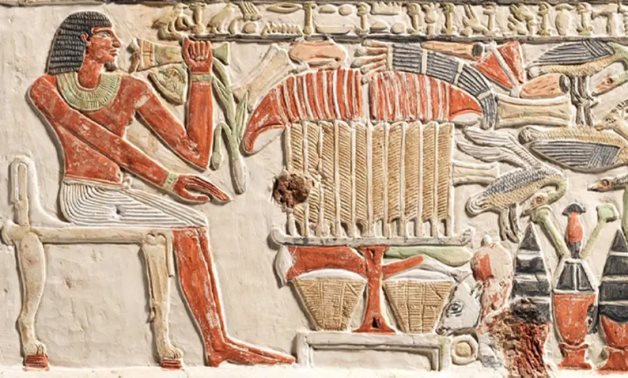
Detail of False Door of the Royal Sealer Neferiu, 2150-2010 BC, via The Metropolitan Museum of Art, New York
CAIRO – 4 August 2022: The First Transitional Period of ancient Egypt began when the centralized monarchy of the ancient kingdom weakened.
Provincial rulers called Nomararchs became powerful, and they ended when the Theban king took control of all of Egypt.
The dates of the First Transitional Period of ancient Egypt come from 2160-2055 BC. The Old Kingdom is described as ending with the longest reigning pharaoh in Egyptian history, Pepi II. After that, construction projects in cemeteries around the capital, Memphis, stopped. Construction resumed at the end of the First Intermediate Period, with Mentuhotep II at Deir el-Bahri in Western Thebes.
The Egyptian Intermediate Periods are the times when the central government has weakened and opponents have seized the throne. The First Intermediate Period is often described as chaotic and dystopian, with art declining - a dark age.
During the First Transitional Period, cartonnage was developed. Cartonnage is the word for plaster and the colored linen that covers the face of the mummy. Earlier, only the elite were buried with specialized funeral goods, more people were buried with these specialized products. This indicates that the provinces were able to afford non-working craftsmen, something that only the pharaonic capital had done before.
Little is known about the first part of the First Transitional Period. By the second half of it, there were two names competing with their kings. The king of Thebes, King Mentuhotep II, defeated his unknown rival at Heraklepoliten around 2040, bringing an end to the First Intermediate Period.
Herakleopolis became Herakleopolis Magna or Het-Nesut, on the southern edge of Fayoum, the capital of the delta region and central Egypt.
The Herakleopolitan Dynasty founded by Meryibre Khety, probably had 18-19 kings. One of the last kings, Merikare, (circa 2025) was buried in the Saqqara necropolis associated with the kings of the Old Kingdom who ruled from Memphis.
Special monuments from the First Transitional Period are marked by the civil war with Thebes.
Comments
Leave a Comment